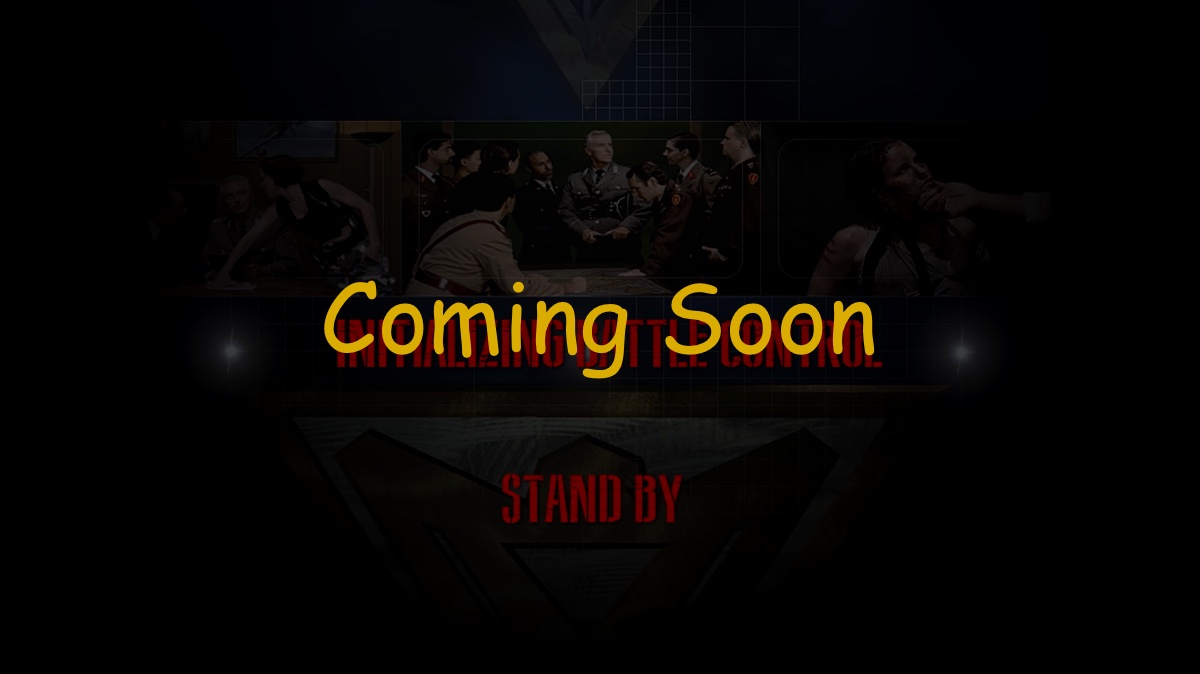
Domain Local: This grouping can be applied everywhere in the domain and is often used to assign permissions for access to resources. This group has the ability to assign permissions for access to resources in any domain. Users often share similar network access requirements. Global: Global groups pertain mostly to the categorization of users based on business roles. These groups are often used to define roles and manage permissions within the same forest or trusting forests. Universal: Members from any domain can be added to a universal security group. Microsoft has outlined three main scopes within AD: “Group scope” is the term used to categorize the permission levels of each security group. Certain groups may have more access than others when it comes to shared resources. The owner of such a document can decide who has permission to edit their work, who can comment on it, and which parties can merely view the document. The simplest way to understand permissions is to think of Google Docs. Permissions differ from rights-they apply to shared resources within a domain. These groups give IT control over group policy settings, meaning permissions can be changed across multiple computers. For example, some groups may be able to restore files, while others are not. (These groups can also be used for email distribution.) Each security group is assigned a set of user rights, dictating their abilities within the forest. Security groups can be used to assign security rights within the AD network. On the other hand, security groups allow IT to manage access to shared resources by controlling user and computer access. When possible, users should be assigned to distribution groups rather than security groups, since membership in too many security groups could lead to slow logon functionality. You can’t use a distribution group to filter group policy settings. These are useful for applications like Microsoft Exchange or Outlook, and it’s generally straightforward to add and remove contacts from one of these lists. Distribution groups are built primarily to distribute emails. Distribution GroupĪD is comprised of two main groups-distribution groups and security groups. It’s important to note that user admins within one forest cannot automatically access another forest.īack to Top The Difference Between Security Group vs. A single forest should be used for each department. This is the top of the organizational hierarchy within an AD. Forests: A forest is a group of trees that share a single database. There’s a rule of trust with trees- when a new domain joins a tree, it’s immediately trusted by the other domains in the group. They share a network configuration, schema, and global catalog. Trees: Multiple AD domains within a single group are known as trees. A group policy may be applied to a whole domain or sub-groups called organizational units (OU). Domains contain identifying information about those objects and have a single DNS name. Domains: An AD domain is a collection of objects, like users or hardware devices, that share policies, and a database. The following are some basic structural aspects of Active Directory management: The structure is important to understand for effective Active Directory administration, as good storage and organization practices are key to building a secure hierarchy. What Attacks Can Active Directory Help Prevent?. Choosing the Best Tools for Active Directory Security. Active Directory Tips and Best Practices Checklist. Active Directory Best Practices for User Accounts. Active Directory Security Groups Best Practices. Active Directory Nested Groups Best Practices. Everything Active Directory Best Practices:. The Difference Between Security Group vs. Since Active Directory is a central IT tool for managing access control and security, here’s what you need to know: At the same time, Active Directory can also help support the ability for users to more easily access resources across the network. But perhaps most importantly, it gives system administrators control over passwords and access levels within their network to manage various groups within the system. 
AD is a centralized, standard system that allows system administrators to automatically manage their domains, account users, and devices (computers, printers, etc.) within a network.ĪD is crucial for a number of functions-it’s can be responsible for storing centralized data, managing communication between domains, and implementing secure certificates. Essentially, Active Directory is an integral part of the operating system’s architecture, allowing IT more control over access and security.
HOW TO ADD UNIT TO RED ALERT 2 GAME DIRECTORY WINDOWS
Security Groups, User Accounts, and Other AD BasicsĪt many enterprises and SMBs that use Windows devices, IT teams are likely to use Active Directory (AD).





 0 kommentar(er)
0 kommentar(er)
